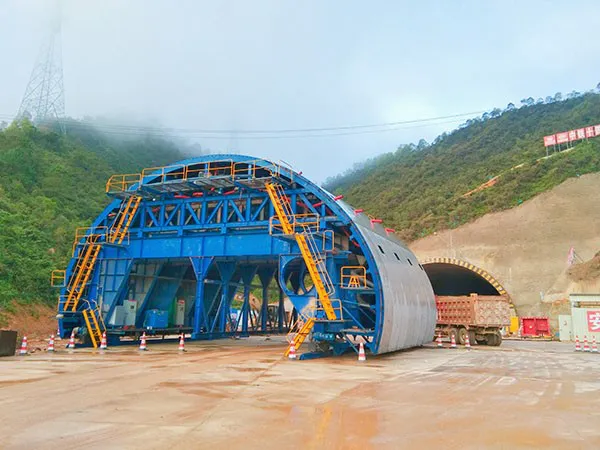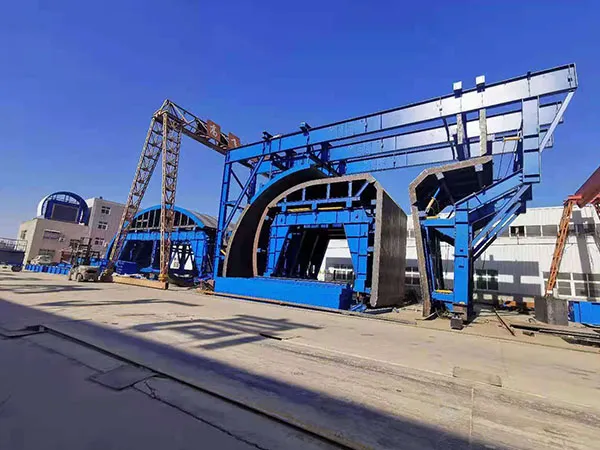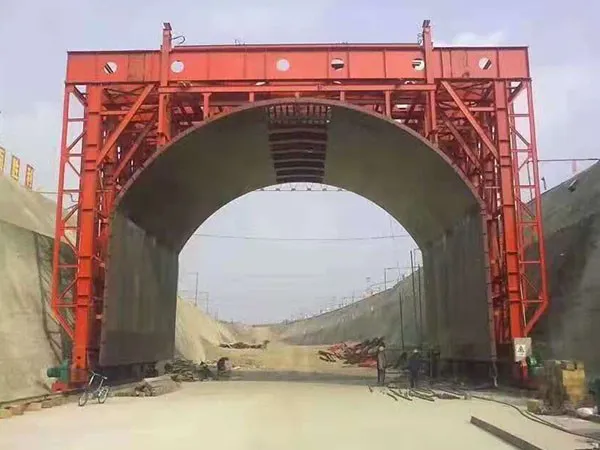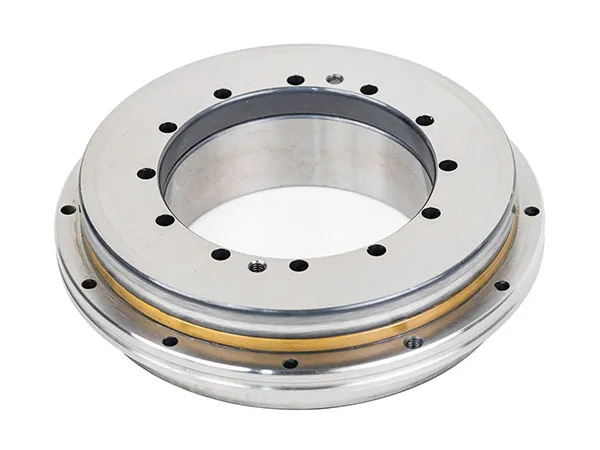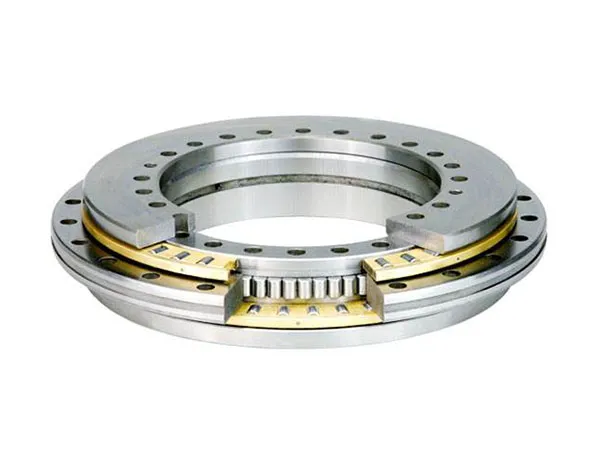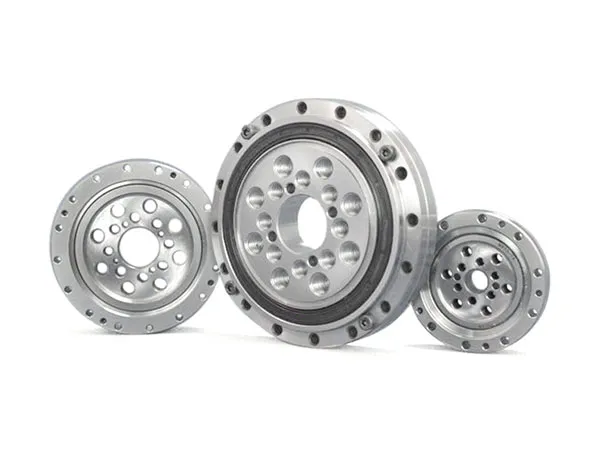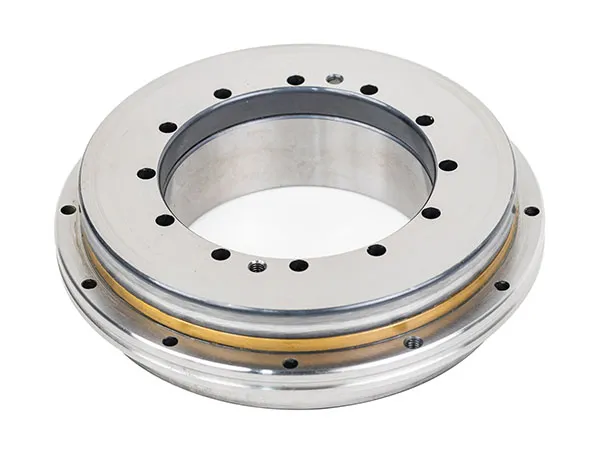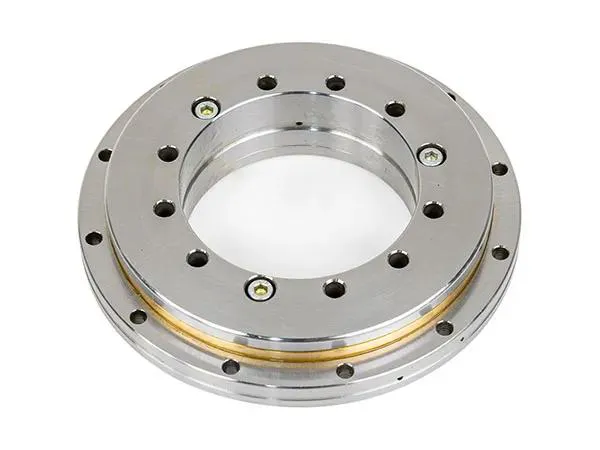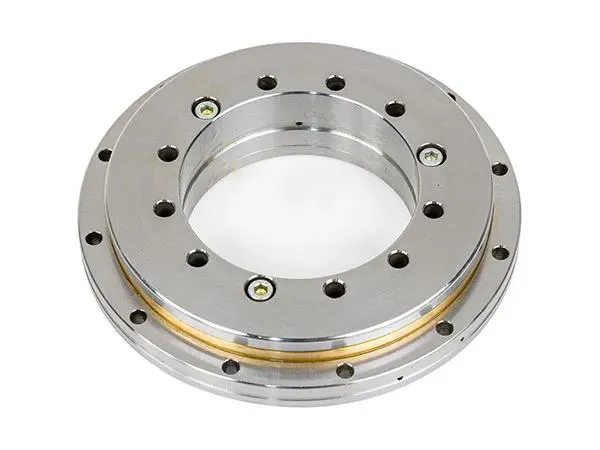Ударные дробилки play a critical role in mining, строительство, и производство заполнителей благодаря высокой эффективности дробления и универсальности в работе с различными материалами.. Чтобы ваша ударная дробилка работала с максимальной производительностью и минимизировала дорогостоящие простои., регулярное техническое обслуживание имеет важное значение. Вот практическое руководство по эффективному обслуживанию вашей ударной дробилки..
Руководство по техническому обслуживанию ударной дробилки

1. Регулярно проверяйте изнашиваемые детали
Изнашиваемые детали, включая била, ударные пластины, и вкладыши — испытывают постоянные нагрузки и трение. Регулярный осмотр обеспечивает оптимальную производительность и предотвращает неожиданные поломки.:
Ударные Бары: Проверьте наличие трещин или сильного износа и незамедлительно замените их, чтобы избежать повреждения ротора..
Ударные пластины: Убедитесь, что пластины не погнуты и не деформированы., поскольку изношенные пластины снижают эффективность дробления.
Подкладки: Регулярно проверяйте вкладыши и заменяйте их, прежде чем они станут чрезмерно изношенными..
Поддержание этих компонентов в хорошем состоянии значительно снижает затраты на ремонт и позволяет избежать незапланированных простоев..
2. Отдавайте приоритет смазке
Правильная смазка имеет решающее значение для подшипников и движущихся частей, поскольку предотвращает перегрев и преждевременный выход из строя.. Ключевые практики включают в себя:
Используйте качественные смазочные материалы, рекомендованные производителем..
Придерживайтесь строгого графика смазки..
Контролируйте температуру подшипников на наличие признаков аномального трения..
Адекватная смазка продлевает срок службы компонентов и обеспечивает бесперебойную работу ударной дробилки..
3. Мониторинг ротора и системы привода
Ротор — это сердцевина ударной дробилки., и его правильное функционирование жизненно важно для эффективности:
Проверьте дисбаланс ротора или необычные вибрации..
Осмотрите ремни, шестерни, и муфты на износ.
Убедитесь, что приводные ремни правильно натянуты, чтобы предотвратить проскальзывание..
Игнорирование этих проверок может привести к снижению производительности и дорогостоящему ремонту..
…
Для получения более подробной информации о правилах технического обслуживания роторной дробилки, пожалуйста, нажмите здесь:https://www.yd-crusher.com/a/news/impact-crusher-maintenance-guide.html




